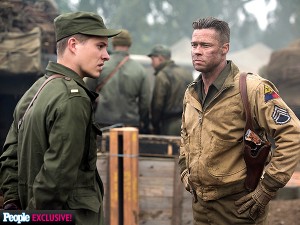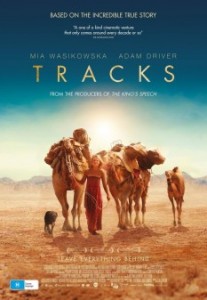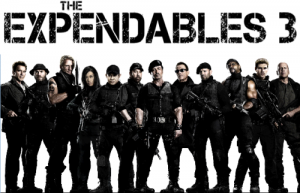Fury
Posted on October 16, 2014 at 5:58 pm
 History, Winston Churchill reminds us, is written by the victors. But sometimes those victors have some second thoughts, more complex thoughts, about the nature of heroism, patriotism, and the spoils (in both senses) of war. And sometimes people want to comment on contemporary conflicts but find that it is more compelling in an historical framework. That is how we get “Fury,” a fictional story set in the last days of WWII, with Brad Pitt as “Wardaddy” (everyone gets a “war name”), the leader of a tank team pushing through an increasingly desperate Germany.
History, Winston Churchill reminds us, is written by the victors. But sometimes those victors have some second thoughts, more complex thoughts, about the nature of heroism, patriotism, and the spoils (in both senses) of war. And sometimes people want to comment on contemporary conflicts but find that it is more compelling in an historical framework. That is how we get “Fury,” a fictional story set in the last days of WWII, with Brad Pitt as “Wardaddy” (everyone gets a “war name”), the leader of a tank team pushing through an increasingly desperate Germany.
“Fury” is what is painted on the gun barrel of the tank. Death, both German and Allied Forces, is everywhere. Our forces, we are told at the beginning, are “outgunned and out-armored,” with “staggering losses.”
The first person we see looks like a cowboy hero, a lone figure on a horse, silhouetted against the sun. He is not a cowboy and he is not a hero. He is about to be killed, and not in a Hollywood, glamorized, bang bang way.
“It will end, soon,” Wardaddy tells Norman (Logan Lerman), his fresh-faced and terrified new driver, a kid fresh from the typing pool who has never been in a tank or fired a gun in combat. “But before it does, a lot more people have to die.”
I’m in favor of movies that show war as brutal, morally compromised, and horrific. Ultimately, though, it has to have more to say than that. It is a movie, a work of drama, and if it is not going to be about something bigger than how terrible war is, it runs the risk of making the very horrors it depicts turn into entertainment and have exactly the opposite impact from the original intention. Steven Spielberg did it with “Saving Private Ryan,” making both the personal story of the individual characters and the larger story about sacrifice and honor compelling and meaningful.
But writer/director David Ayer, whose previous films included the pulpish law-and-order “SWAT,” “Sabotage,” and “End of Watch,” is no Spielberg (though this film borrows a lot from “Saving Private Ryan”). This film tells us very little about history, war, or the human experience.
Parents should know that this film includes very intense and graphic wartime violence with many characters injured and killed, executions, disturbing images, sexual assault, looting, constant very strong and crude language, drinking, smoking
Family discussion: How does this differ from other portrayals of WWII combat? What are the different ways the men in this movie cope with the moral compromises of war? Why did the men choose “war names” and what did they signify?
If you like this, try: WWII dramas “Saving Private Ryan” and “The Big Red One” and the Israeli film “Beaufort”




